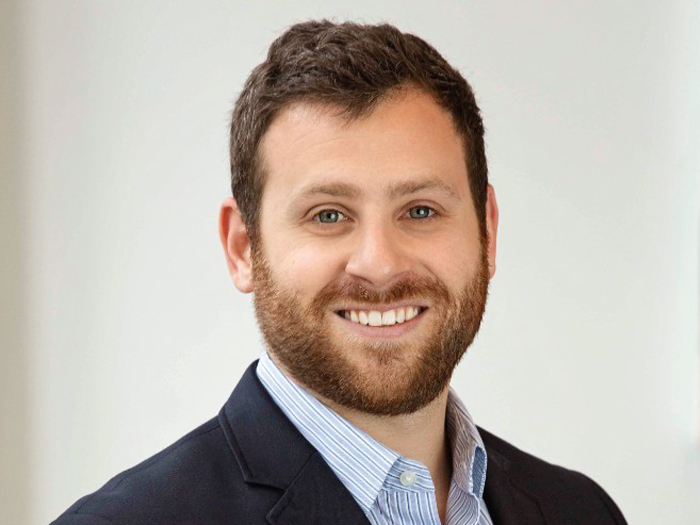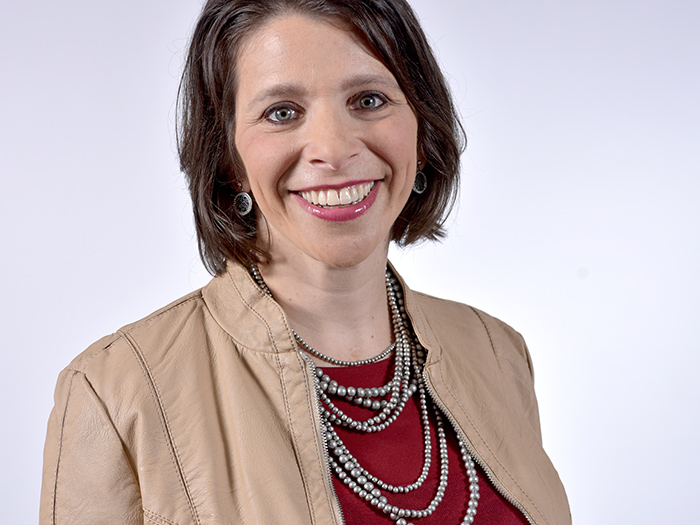RIMS 2016
Captives See Growth for Terrorism Risk

An advance look at the “2016 Marsh Captive Benchmark Review” revealed a substantial growth in the number of captives targeted to terrorism coverage.
In the last three years, nearly 40 captives by Marsh clients were created to cover risks excluded from conventional terrorism policies and/or to provide access to reinsurance to cover the potential gap under the Terrorism Risk Insurance Act, said Ellen Charnley, San Francisco-based managing director, captive solutions, during a RIMS luncheon session on April 12.
“That’s a big growth area,” she said.
In addition, more than 20 other captives were formed to address international terrorism risks, she said.
Typically excluded perils include nuclear, biological, chemical and radiological risks, as well as cyber terrorism, and the captives provide access to the government backstop.
Other non-traditional coverages that are seeing captive growth are medical stop loss, cyber, international employee benefits, political risk, supply chain and crime, she said.
“We see a continued growth in non-traditional coverages,” Charnley said.
Chris Lay, London-based president, Marsh captive solutions, said the brokerage is seeing “a lot of activity tailoring captive programs to address cyber risks.”
In addition to evolving cyber risks and terrorism, other top risks being addressed by captives were catastrophic earth/weather events, economic downturn and political unrest, Lay said.
The top industry sectors that form captives remain financial institutions; health care; auto/manufacturing; retail/wholesale; and communications, media and technology.
However, Charnley noted, if premium dollars were used to rank the industries, communications, media and technology companies would probably rank second, below financial institutions.
Top-ranked unique or emerging industries forming captives were construction; energy; real estate; education; and sports, entertainment and events, she said.
For construction, the increased number is probably the result of improved economic conditions, she said.
For education, it’s more likely the reason is to seek access to reinsurance programs, said Art Koritzinsky, managing director, captive solutions, in New York.
He said Marsh expects to see continued growth in the number of 831(b) small captives, which have increased by 35 percent.
“That’s where a lot of the growth [in the captive market] is,” Koritzinsky said.
In December, the IRS rules regulating 831(b) captives increased the limit on direct premium from $1.2 million to $2.2 million and removed the ability of such captives to be used for estate planning, among other changes.
As for predictions, Marsh anticipates increased growth of captives for international employee benefits; terrorism, small captives; non-traditional risk; and in emerging markets such as Latin America and Asia Pacific.
They also anticipate companies beginning to use cash surpluses in captives for sophisticated investment strategies.
Marsh manages about 1,250 captives worldwide, with about $42 billion in premium. About 1,000 captive owners participated in the benchmark survey. Final results will be released in May.










